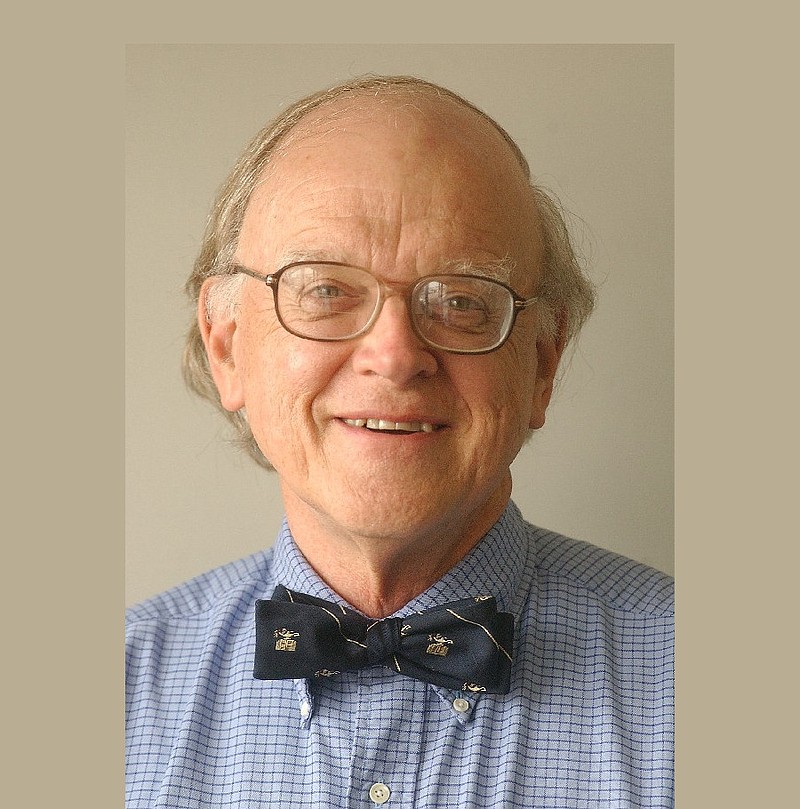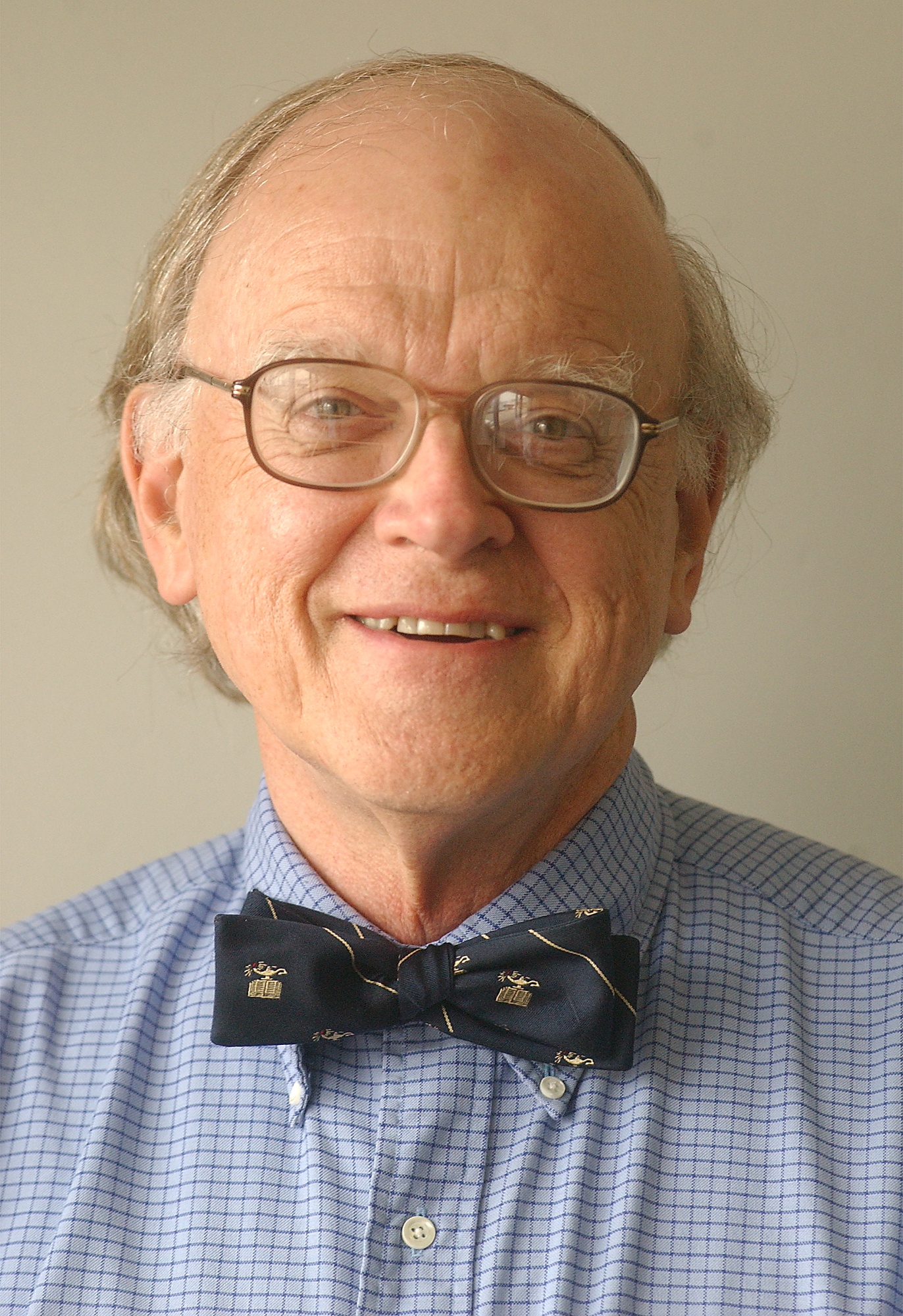Sixty years ago, a dramatic clinical trial of an injectable vaccine marked the beginning of the end for polio, one of the most feared infectious diseases in American history.
Since World War I, annual summertime outbreaks of polio, a viral illness, had affected hundreds of thousands of children and young adults, killing thousands, leaving many thousands more with varying degrees of paralysis. In some instances, victims had to spend years in respirators known as iron lungs. The worst year was 1952 with 57,000 cases, with 21,000 of those left with weakened or paralyzed limbs; 3,000 died. Fear of an epidemic led many towns and cities to close swimming pools and cinemas and postpone community gatherings.
In 1921, Franklin D. Roosevelt developed polio while vacationing in Canada. He was a paraplegic thereafter. Fundraisers for research into polio took place annually on his birthday. These morphed into the March of Dimes, sponsored by the National Foundation of Infantile Paralysis, which became the major source of funding for research into the cause and treatment of polio.
By the early 1950s, scientists knew that polio virus was transmitted by food or water contaminated by human feces. From the digestive tract, the virus entered the bloodstream to be transported to nerve cells that controlled movement. Destruction of those cells followed.
The virus had been isolated and grown in non-nervous animal tissues in 1948. Research teams worked with this material to perfect a vaccine. Jonas Salk led a group at the University of Pittsburgh to develop an injectable vaccine made from the dead polio virus. This year marks the centennial of Salk's birth.
First to the finish line in vaccine development, Salk enlisted almost 2 million American children for the 1954 field trial of the vaccine. By year's end, the trial was declared a success. Manufacturers rushed to produce enough vaccine to protect millions of American children by the following year. Salk was hailed as a national hero.
Sadly, a breakdown in manufacturing standards led one drug company to release a batch of vaccine containing live virus. Thousands of children developed polio as a consequence, and several died. Despite this severe setback, parents took their children for vaccination. By 1961, fewer than 1,000 children developed polio.
Albert Sabin directed a rival team at Cincinnati Children's Hospital. The group worked on an oral vaccine based upon weakened strains of polio virus. Sabin argued that his vaccine provided better and longer-lasting immunity. It could be given on a sugar cube in mass programs of inoculation. In 1959, he arranged with the Russian government to inoculate 10 million children. Success in this trial led to wide endorsement of the Sabin vaccine and, by 1963 it became the recommended means for polio prevention.
However, because children with impaired immunity might contract polio from the Sabin vaccine, since 1966 the U.S. Centers for Disease Control and Prevention has recommended the injectable vaccine for American children.
Because of a bitter, public rivalry between Salk and Sabin, neither received a Nobel Prize for his accomplishments.
Despite best efforts at mass inoculations, pockets of polio persist in Pakistan, Nigeria and, more recently, Syria. Polio resurges when sanitation breads down and civil authority disintegrates. In Pakistan, health workers distributing vaccine have been attacked by terrorists.
An ambitious program to eradicate polio has been sponsored by Rotary International and cooperating health services around the world. Despite setbacks, within a few years, polio will likely join small pox as a viral scourge that has been totally eliminated.
Contact Clif Cleaveland at cleaveland1000@comcast.net.

